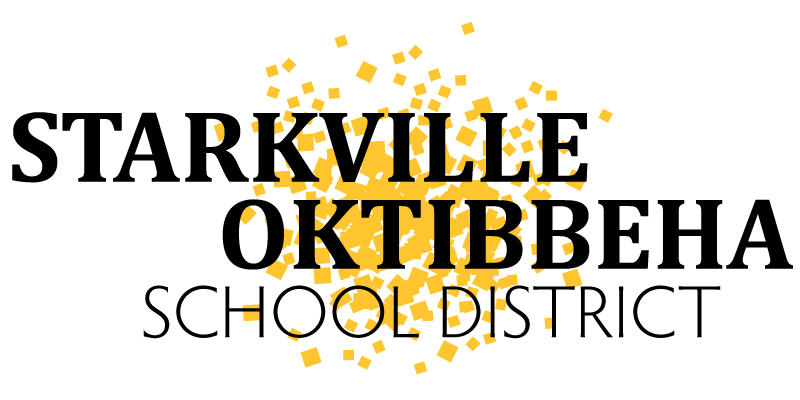WHAT IS CHILD ABUSE?
Child abuse is doing something or failing to do something that results in harm to a child or puts a child at risk. There are four different categories of abuse. They are as follows:
- Emotional/Verbal Abuse is anything said or done that is hurtful or threatening to a child and is the most difficult form of maltreatment to identify.
- Sexual Abuse is any inappropriate touching by a friend, family member, and/or stranger.
- Physical Abuse is any type of contact that results in bodily harm such as bruising, abrasions, breaking bones, internal injuries, burning, missing teeth and skeletal injuries.
- Neglect means not meeting the basic need of the child and is the most common form of maltreatment.
What are some of the RISK FACTORS?
Child abuse occurs in all segments of our society, but the likelihood of child abuse increases significantly in families where parents:
- Have a history of being abused or abusive
- Abuse alcohol and/or drugs
- Are isolated from their families or communities
- Have a poor understanding of child development and parenting skills
- Have difficulty controlling their anger or stress
- Have a physical or mental illness, such as depression or post-traumatic stress disorder)
- Appear uninterested in the care, nourishment or safety of their children
- Seem to be having serious economic, housing or personal problems
- Concentrated neighborhood disadvantage (high poverty, high unemployment rates)
- Have a child in the family that is developmentally or physically disabled
- Lack of community resources or the lack of parental knowledge of availability resources
What are some of the WARNING SIGNS?
- Parent or other adult caregivers offer conflicting, unconvincing, or no explanation for the child’s injury or provides an explanation that is not consistent with the injury
- Injury that is complicated by a delay in treatment
- Bruises with recognizable shape, like bite marks or shape of an object
- Circular marks around the wrists or ankles (signs of twisting or tying up)
- Black eyes, especially bilateral (both eyes)
- Constantly tense or on guard
- Seems to separate from reality
- Low self-esteem
- Shows sudden changes in behavior or school performance
- Comes to school or other activities early, stays late, and does not want to go home
- Self-destructive behaviors, such as cutting, burning, suicidal talk or actions, smoking, alcohol or drug use
- Has poor hygiene, smells of urine or feces, has dirty or decaying teeth
- Difficulty walking or sitting
- Bleeding, bruises, swelling, pain, itching, or burning in genital area
- Overly protective and concerned for siblings
- Avoids or fearful of a specific person without obvious reason
- Inappropriate sexual knowledge and behavior
- Excessive bathing or handwashing
- Frequent urinary tract or yeast infections
- Nightmares or bedwetting
- Frequently absent from school
- Often appears listless, depressed, withdrawn, or tired with little energy
- Always seems to be hungry and hoards, steals, or begs for food
- Wears clothing that is soiled, too small, too large, or often in need of repair

